Suppose we have an adjacency matrix, maybe something like this:
A1 A2 A3
A1 0 1 0
A2 1 0 2
A3 0 2 0
Each number reflects the number of ties between people (people being A1-A3).
How would you use igraph to create edge weights which reflect the number of ties between people?
I tried E(matrix)$weight <- degree(matrix) but I suspect this isn't technically correct? Instead I just want the values in the adjacency matrix to reflect the edge weight.

